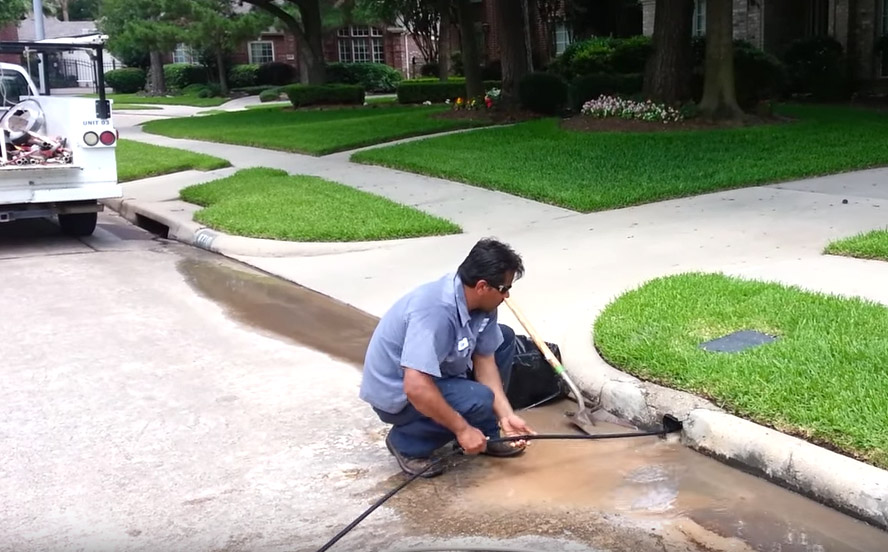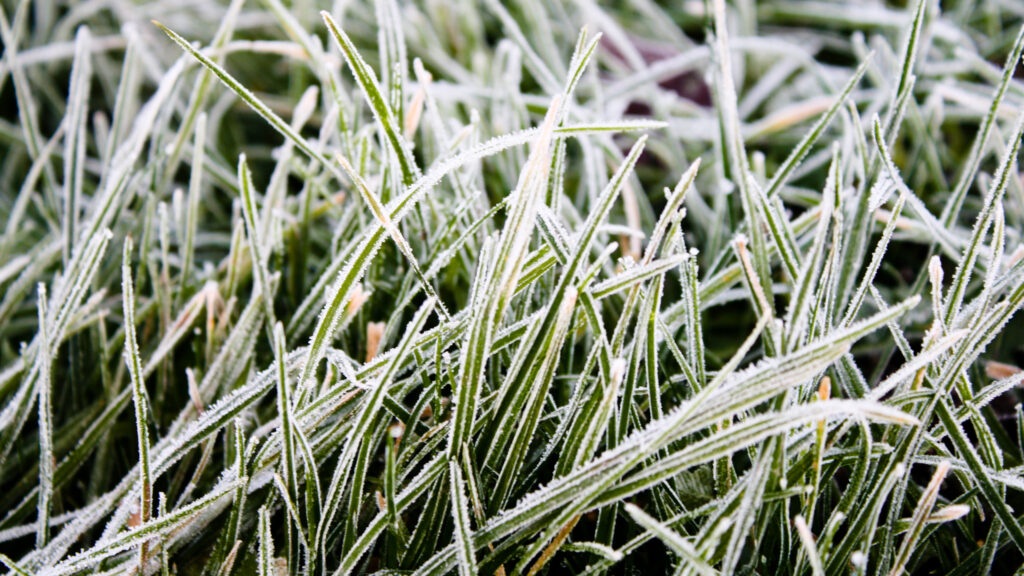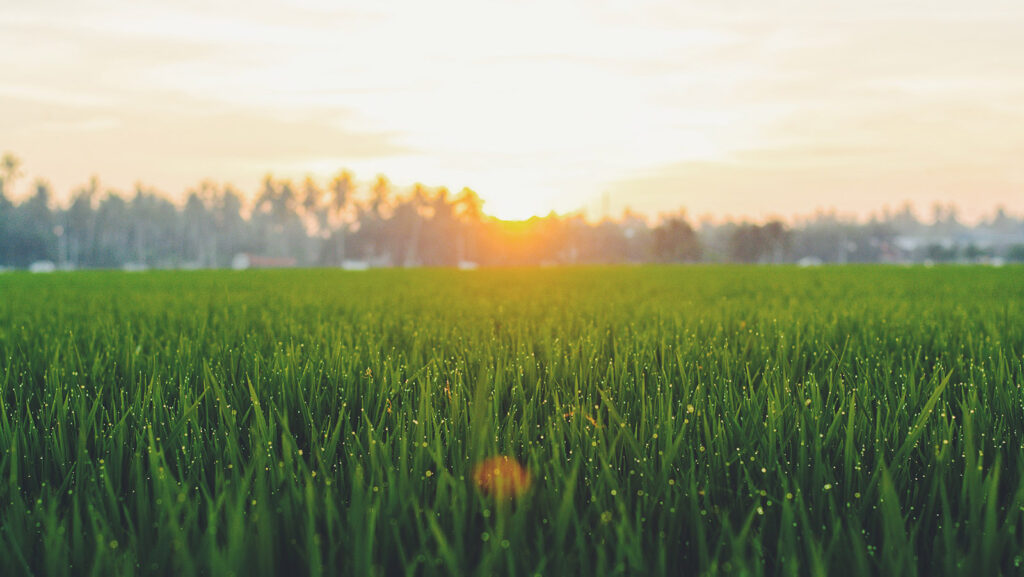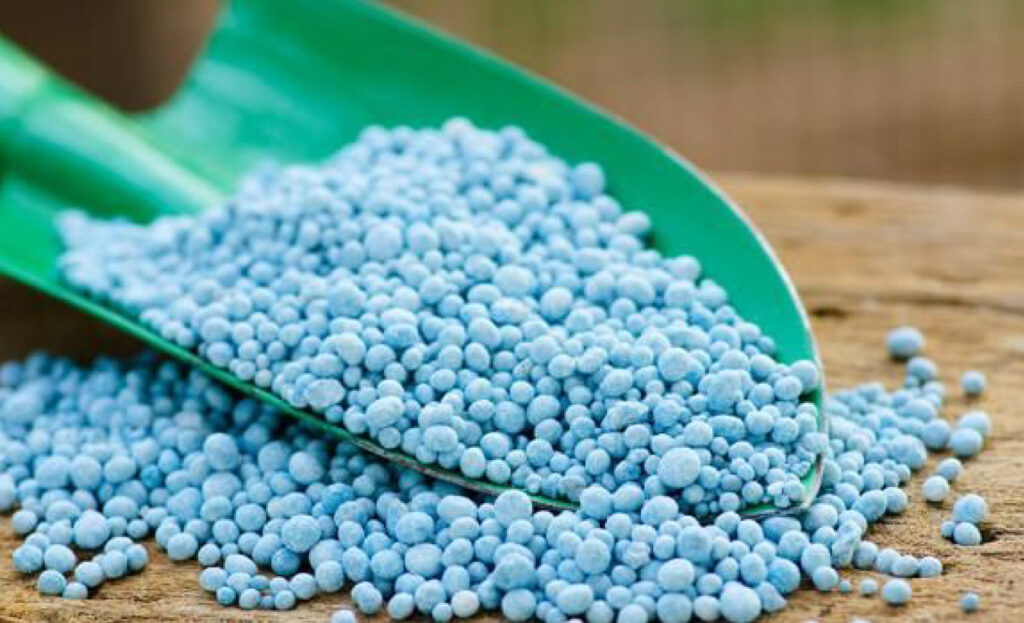How to Prevent Fertilizer Burn During the Summer
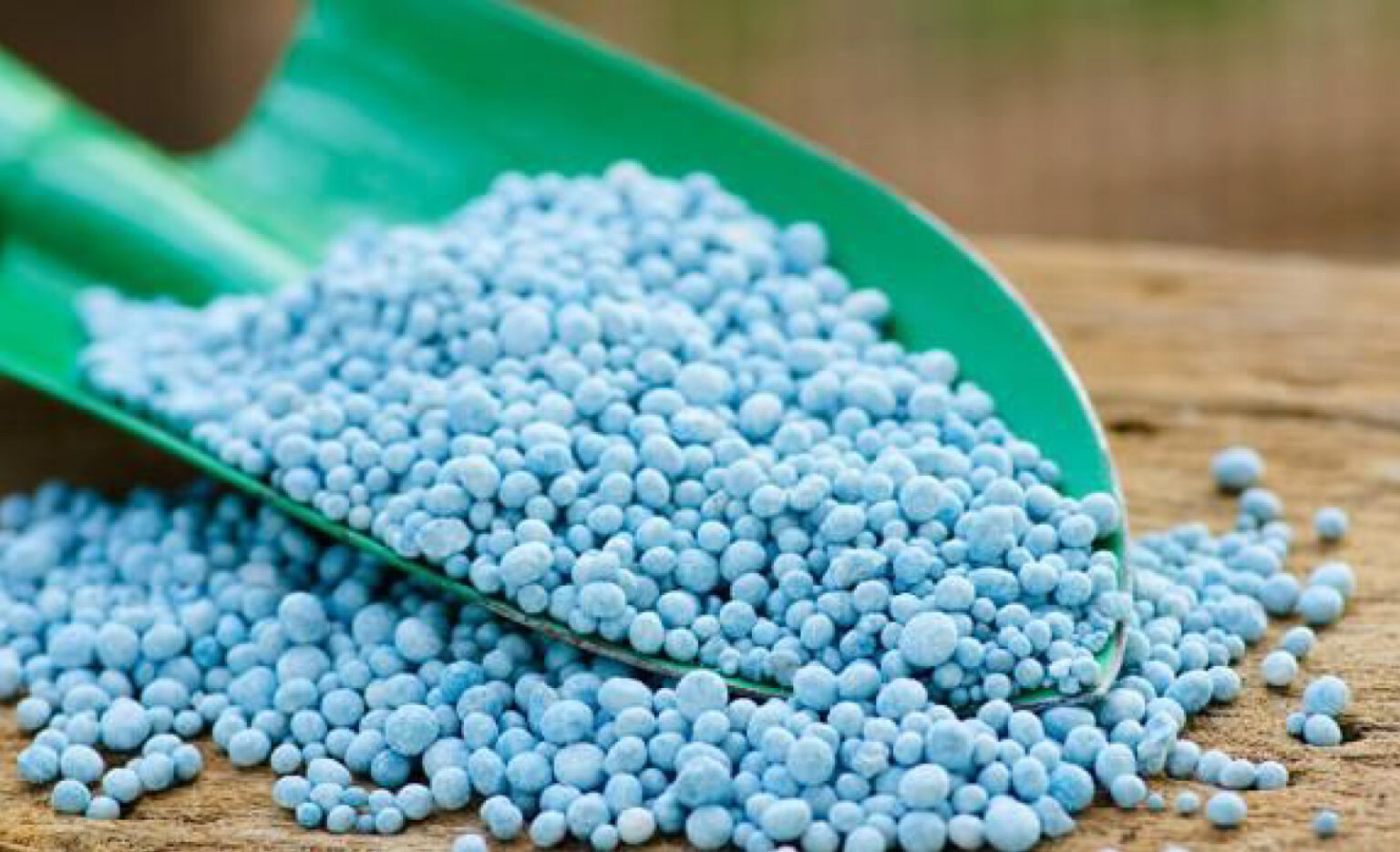
During the warm summer months, everyone wants to enjoy their lawns. Unfortunately, the summer heat can also stress turf and increase the chance of lawn damage from fertilizer applications.
Before choosing a fertilizer for summer turf, knowing the difference between nitrogen sources will help you reduce the possibility of fertilizer burn.
Quick-release fertilizers
Fast-acting fertilizers for turfgrass indicate the rapid availability of nitrogen to the turf after application. These fertilizers are generally less expensive, but only last two to four weeks after application.
The benefits of using a fast-acting fertilizer are to provide quick greening and rapid growth, which depending on the site, could be beneficial to the overall aesthetics or be the expectations set by the owner of the property. Based on water-soluble nitrogen (WSN), the nutrients are available to the turf when dissolved in water, typically from irrigation during the hot summer months. The higher salt index of fast-acting nitrogens can burn heat-stressed turf because they draw moisture out of the grass blades or leaves, which are already a challenge to keep moist in hot weather.
To prevent leaf burn, you should immediately irrigate the area after the application of a fast-acting fertilizer to move the nitrogen into the soil and off the turf. Be sure to inspect the irrigation system prior to applying quick release fertilizers, checking for any gaps in coverage, to make sure the system will adequately water-in the product. If you find any issues with the sprinkler system be sure to call JB Irrigation! Or contact us for a “Summer System Check” for your sprinkler system if you don’t have time to check your system yourself.
Slow-release fertilizers
To reduce the potential for burn, fertilizers containing slowly available nitrogen sources are recommended especially in the summer. These fertilizers commonly contain:
- Sulfur or poly-coated ureas
- Water-insoluble nitrogen (WIN)
- Organic-based fertilizers
Since the source of nitrogen in these products is controlled release, it will take longer for a noticeable impact on growth and greening. Discussing the difference between slow and quick release fertilizers with the property owner will help set the expectation and performance of the fertilizer.
Not all slow-release fertilizers contain only controlled-release nitrogen. Most products contain a mixture of fast and slow-release sources of nitrogen, providing a balance of immediate coloring while reducing burn and increasing the longevity of the product.
Slow-release fertilizers are typically more expensive per bag but could cost less per application because of the controlled nature of the product
Although the potential for burn is lower using slow-release fertilizers, it is still recommended to thoroughly irrigate the turf after application. Inspecting the irrigation system is beneficial to all fertilizer applications, regardless of the speed of release.
It’s crucial to understand and choose the correct fertilizer for your site, and understanding the sources of nitrogen in the fertilizer will also help lead to better results for you and your customer.
Reducing the risk of fertilizer burn
Preventing fertilizer burn is also important year-round. Fertilizer burn can be caused by over-applying fertilizer, in addition to poor plant health and weather conditions which could interfere with the plant’s ability to process the nutrients.
To prevent the risk of fertilizer burns, it’s best to follow these rules:
- Understand the fertilizer being applied and the sources of nitrogen in it.
- Apply the product correctly, always following the application instructions on the label.
- Be accurate with your application. Measure the area of application, weigh the material, and properly calibrate your spreader.
- Adjust your mowing to the proper height for your turf type.
- Choose a slow-release fertilizer when possible.
Following these guidelines, you can limit the potential for fertilizer burn and keep your turf looking fantastic all year.
Related Articles
Do You Have Slow Or Clogged Yard Drains? Here’s How To Fix Them.
Yard drains and driveway drains help remove rainwater from your property into the storm sewer or other…
Sprinkler Freeze Alert For The Houston Area
The temperature is expected to plunge in the Houston area for most of this week. Starting on…
High Temperatures Expect Throughout The Week – It’s Time To Service Your Sprinkler System
The Houston area is expecting temperatures to rise to the mid-nineties throughout the week. Hight heat can…
How to Prevent Fertilizer Burn During the Summer
During the warm summer months, everyone wants to enjoy their lawns. Unfortunately, the summer heat can also…

